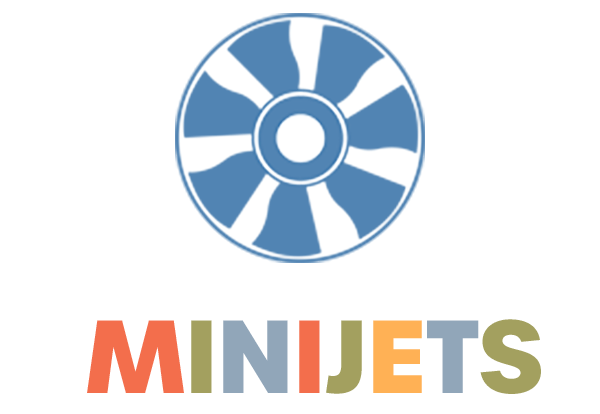The T-37, Cessna’s first jet aircraft was the winner of a Design Competition for a two-seat side by side intermediate jet trainer, for which fifteen proposals were submitted to USAF Air Reseach and Development Command.
In the spring of 1954, the USAF awarded Cessna a contract for three prototype of the Model 318, and a contract for a single static test aircraft. The Air Force designated the type as XT-37.
Cessna T37 Tweety history
The first flight was made on October 12, 1954 by pilot Bob Hagan.
This XT-37 prototype was lost in a flat spin; the pilot baled successfully but the airplane « splatted. »
The XT-37 was fitted with two Continental-Teledyne J69-T-9 turbojet engines, French Turbomeca Marboré IIC engines built under license, with 920 lbf (4.1 kN) thrust each.
The T-37A was delivered to the U.S. Air Force beginning in June 1956. The USAF began cadet training in the T-37A during 1957.
The first T-37B was delivered in 1959. Instructors and students considered the T-37A a pleasant aircraft to fly. It handled well and was agile and responsive, though it was definitely not overpowered. It was capable of all traditional aerobatics maneuvers.
The last T-37B was officially retired from active USAF service on 31 July 2009

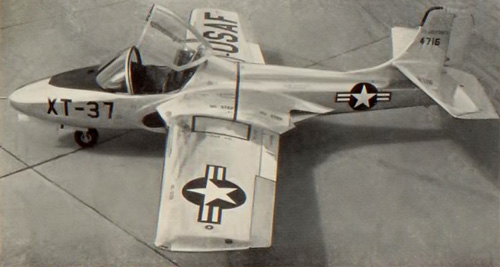
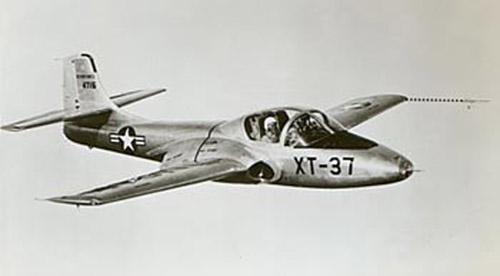
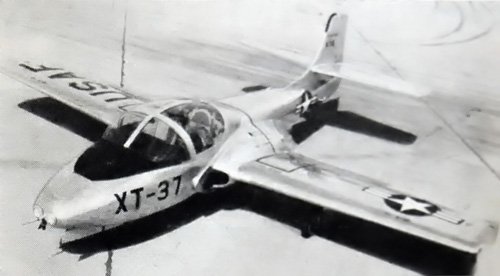
Cessna T-37A (model 318-A)
The production T-37A was similar to the XT-37 prototypes, except for minor changes to fix problems revealed by the flight test program. The first T-37A was completed in September 1955 and flew later that year.
The T-37A was very noisy, even by the standards of a jet aircraft. The intake of air into its small turbojets emitted a high-pitched shriek that led some to describe the trainer as a « Screaming Mimi ». The piercing whistle quickly gave the T-37 its name: « Tweety Bird », or just « Tweet ».
Exemplaires produits
XT-37 : 2 prototypes
T-37A : 444 exemplaires
T-37B : 552 exemplaires
T-37C : 273 exemplaires
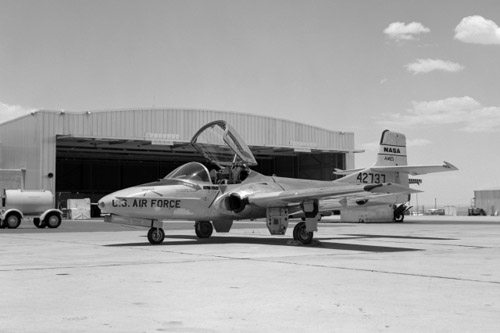

Le Cessna T-37 sous toutes ses couleurs

Brésil (Brasil)
Força Aérea Brasileira
Cessna T-37C came to Brazil in 1967, being in active service until 1981, in a total amount of 65 units. They were ostensibly used as advanced training aircraft in jet aircraft training pilots of the Brazilian Air Force.
They receive the FAB numbering 0870 to 0934. They were not armed.
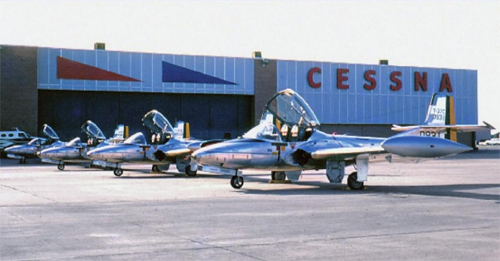

Grèce (Greece)
Hellenic Air Force
Hellenic Air Force received the first 25 T-37C in the 60’s.
These aircrafts joined the 361 Basic Training Squadron based at Kalamata air base (120 Air Training Wing). In the 70’s and 80’s 15 more aircaft were bought from Jordan’s Air Force and were added to the fleet.
After 38 years of service the T-37 “Tweet” was retired from the Hellenic Air Force on October 27, 2002.
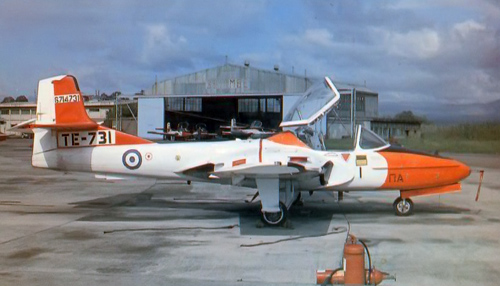
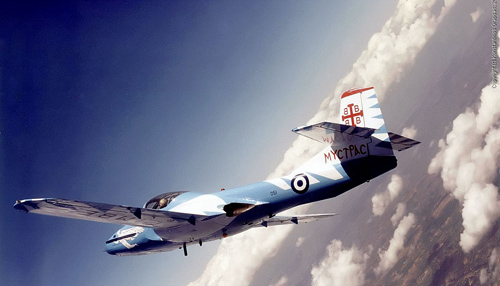
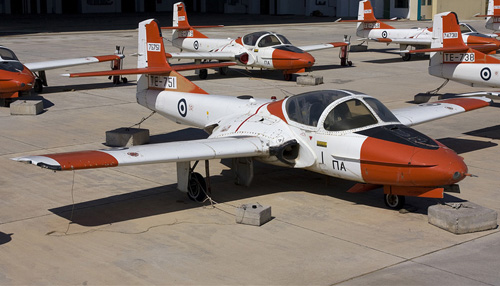

Jordanie (Jordania)
Royal Jordanian Air Force
15 aircraft, apparently ex-USAF T-37Bs had been delivered to RJAF. They equipped No 6 Training Squadron at the King Hussein Air Base (KHAB) in Mafraq.
The T37 were at KHAB until 1987 when the Casa 101 came into service as the basic jet trainer.
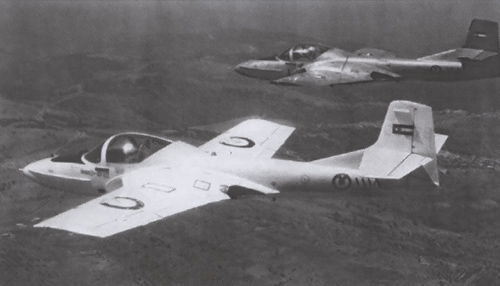

Pérou (Peru)
Peruvian Air Force
The first seven Cessna T-37B jet trainer for the Peruvian Air Force took off on 20th 1961 July from Wichita en route to Lima, Peru, the seven were the first of fifteen purchased by the P.A.F to initiate all-jet training.
Those aircraft were included in the Us Military Assistance Program (MAP) concluded with friendly countries.
A total of 32 Cessna T-37B had been finally delivered to the Peruvian Air Force.
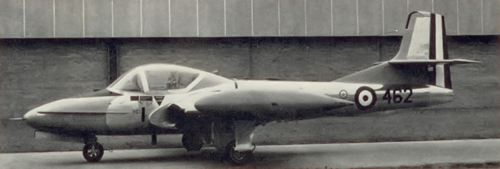

Portugal
Força Aérea Portuguesa
Le T-37 a été choisi comme avion d’entrainement pour l’armée de l’air Portugaise en 1961. Ce choix est le résultat d’une compétition gagnée face au Co/BAC jet-Provost T3.
20 Avions furent achetés et livré en 1963 avec les N° de série 2401 à 2421. Un lot supplémentaire de six avions (2425 à 2430) sera commandé et livrée dans les années qui suivirent.
Ils furent employés sur base de Sintra, dans l’Escuadron 102 « Os panchos » ( Escuadron de Instructao de basico) . C’est à partir de cet escadron que sera formé la partouille Asas de Portugal qui sillonera le ciel d’Europe durant de nombreuses années.
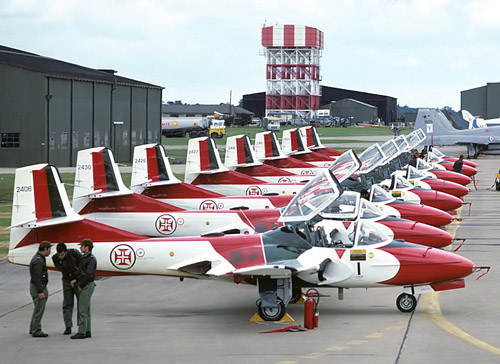
En Décembre 1990, un des avions d’Asas de Portugal perdi une aile en vol. Tous les avions furent inspectés et il fut identifié de sérieux problèmes de vieillissement dans les attaches d’ailes. Devant être prochainement remplacés par des Alphajet, il fut décidé de les interdire de vols et d’envoyer les pilotes aux états-unis en attendant le nouvel avion.

Pakistan
Pakistan Air Force
Le T-37 a été choisi comme avion d’entrainement pour l’armée de l’air Pakistanaise en 1961. Comme pour le Portugal, ce choix est le résultat d’une compétition gagnée face au Co/BAC jet-Provost.
Une livraison initial d’un lot de 9 T37-B a été effectuée en 1962. Durant la période 63-64, 13 avions supplémentaires suivirent. Un dernier lot de 6 appareils arrivèrent finalement en 1967-1968.
Une dernière commande devait avoir lieu en 1975-76, elle devait concerner les derniers T37 produits. Ne pouvant être honorée, ce furent finalement 19 appareils prélevés sur les stocks de l’USAF qui rejoignirent le Pakistan
Ils furent tous utilisés par l’Air Force Academic de Rasilkpur
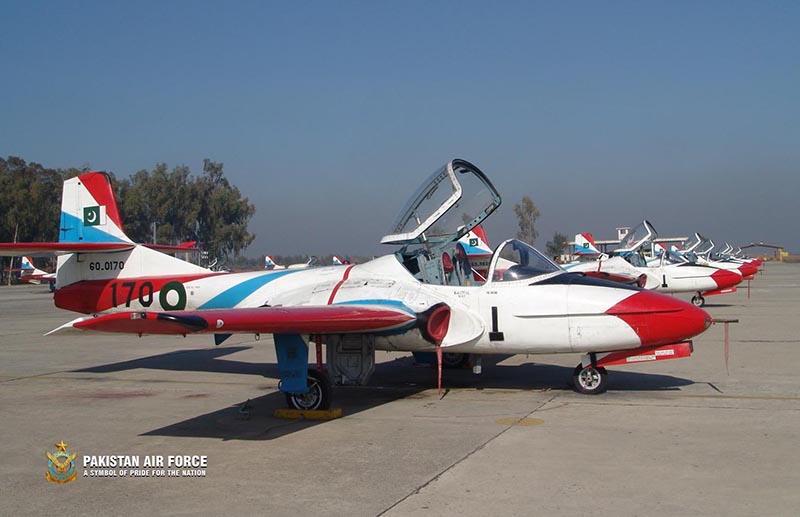

Turquie
Türk Hava Kuvvetleri (Force aérienne turque)
Au fils des ans, Turquie a reçu de nombreux T37 des versions B et C.
Un premier lot de 11 T37-C a été livré en décembre 1963.
Il sera suivit d’un deuxième de 35 livrés entre 1964 et 1965.
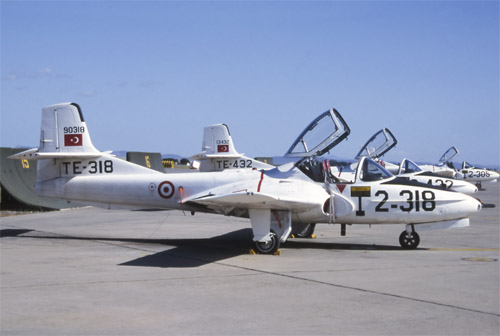
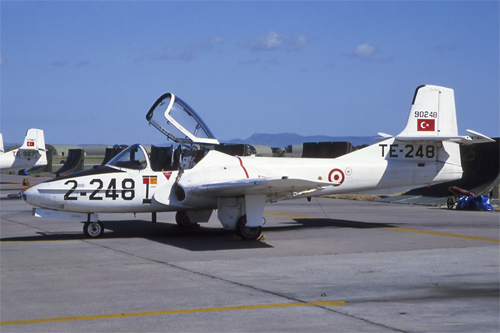
A compléter
